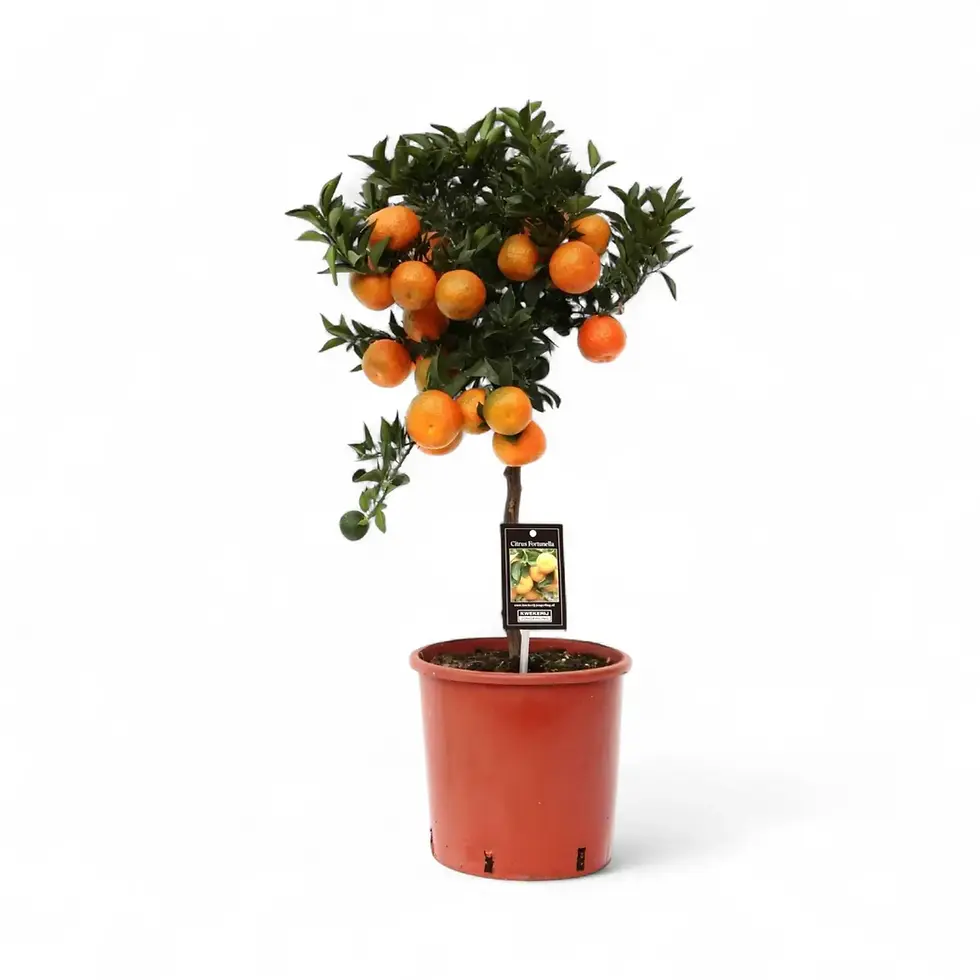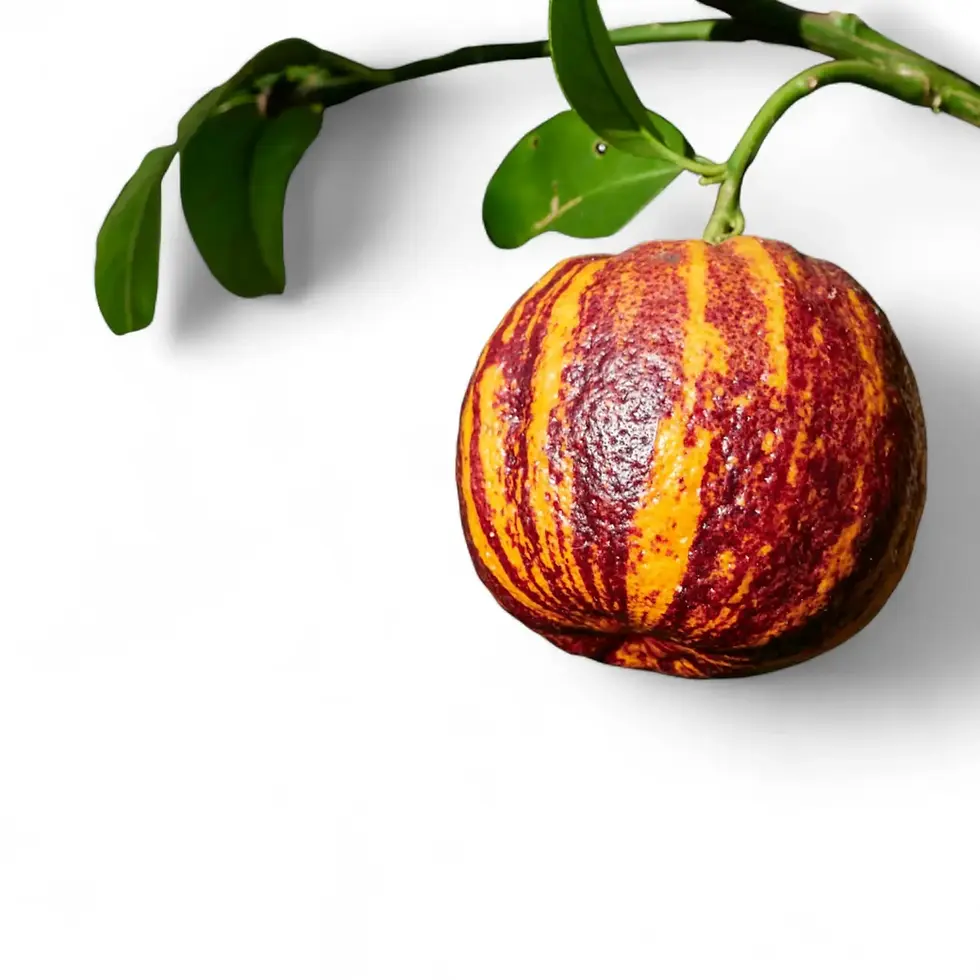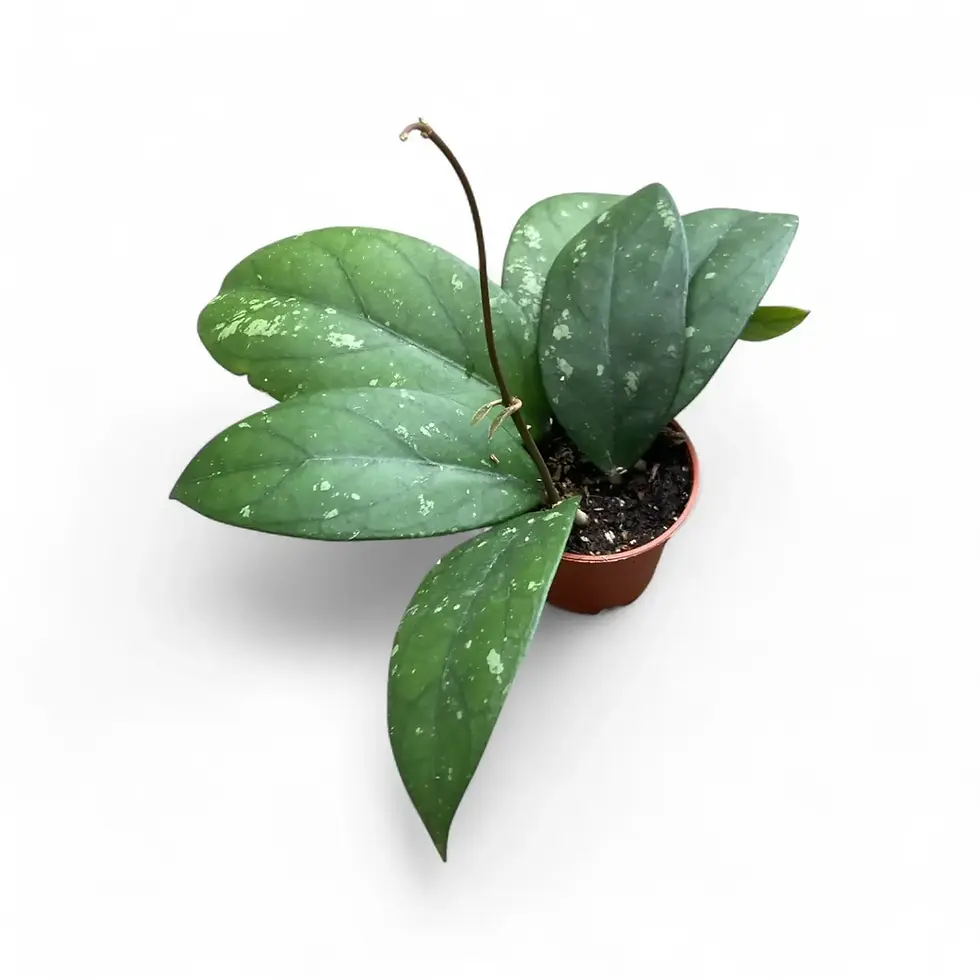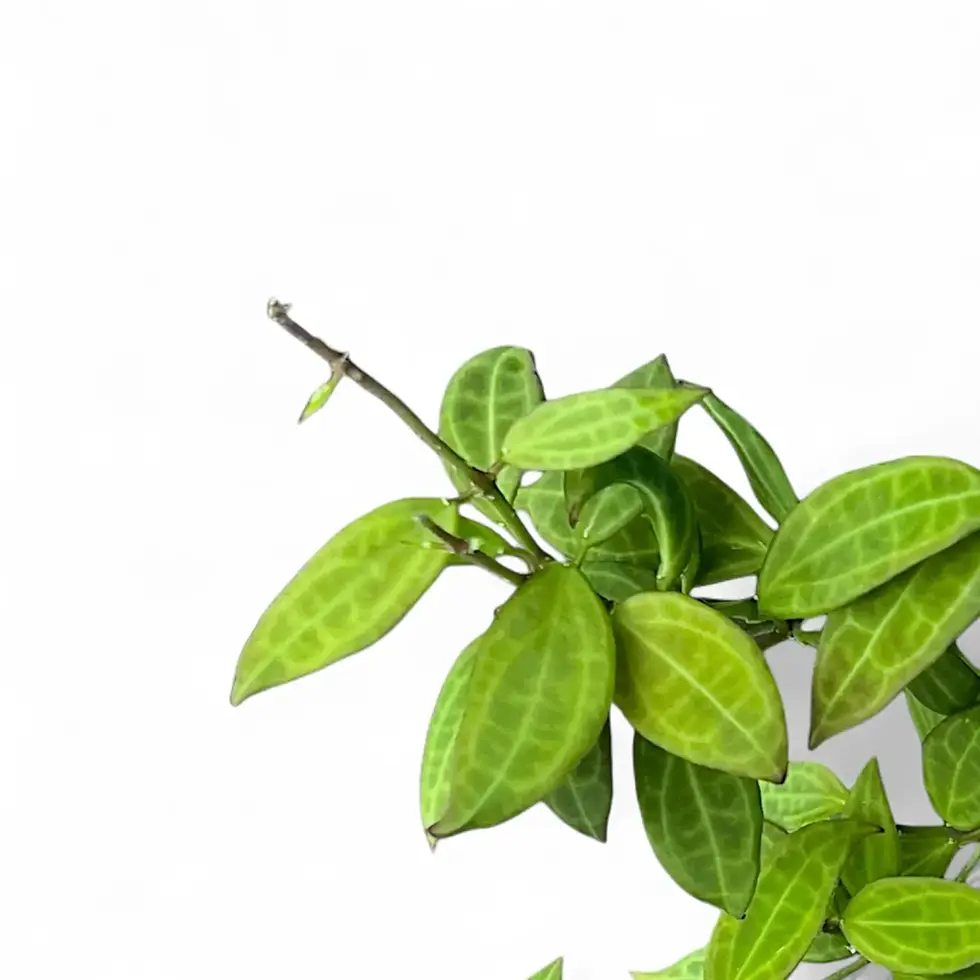Alluaudia procera – Madagascar’s Iconic Spiny Forest Plant
Alluaudia procera, commonly called the Madagascar Ocotillo, is a spectacular columnar succulent from the island’s spiny forests. With tall, upright stems armored with sharp spines and patterned rows of paired leaves, this species offers an architectural statement that feels both exotic and prehistoric. Rare in cultivation and protected under CITES Appendix II, it’s a true collector’s gem.
Why Add Alluaudia procera to Your Collection?
- Striking silhouette: Tall, columnar stems create dramatic vertical structure indoors.
- Rare and regulated: CITES-listed species — highly sought after by collectors.
- Drought adapted: Thrives in bright light with minimal watering.
- Living history: A survivor of Madagascar’s harsh spiny forest, evolved for resilience.
Native Habitat and Growth Characteristics
This species grows in southwestern Madagascar’s spiny thickets, especially in the Toliara region. It thrives on limestone and sandy soils under extreme sun, enduring less than 500 mm annual rainfall and temperatures from 20–32 °C. In the wild, Alluaudia procera can reach 10–15 m, forming part of unique dry forests alongside euphorbias and didiereas. Indoors, expect 1–3 m over many years. It is deciduous, shedding its small, rounded leaves during dry periods while stems remain green and photosynthetic.
How to Care for Alluaudia procera (Madagascar Ocotillo)
- Light: Needs full sun or maximum indoor brightness; south-facing windows or grow lights work best.
- Water: Deeply but sparingly; allow soil to dry completely before rewatering. Cut back in leafless phase.
- Temperature: Prefers 18–32 °C; never below 12 °C.
- Soil: Use a gritty, mineral-heavy cactus mix (60% grit, 40% organic).
- Potting: Heavy pot or added weight for stability; shallow roots spread laterally.
- Fertilizer: Feed monthly in the growing season with low-nitrogen cactus fertilizer.
- Pruning: Minimal — only remove dead or damaged stems; wear gloves for safety.
- Propagation: By seeds (rare) or stem cuttings; rooting takes warmth and patience.
Styling and Placement Ideas
Alluaudia procera makes an outstanding centerpiece for bright conservatories, minimal interiors, or desert-style plant displays. Pair with other xerophytes like euphorbias or agaves for a bold, architectural arrangement. Avoid narrow walkways — its spines are sharp.
Troubleshooting Alluaudia procera Problems
- Unexpected leaf drop: Normal in dormancy, but if light is low, increase brightness.
- Root rot: Always linked to excess moisture — use fast-draining mix and reduce watering frequency.
- Pest issues: Watch for scale or mealybugs; treat promptly with neem or systemic insecticide.
- Weak or leaning stems: Indicates inadequate light or insufficient pot weight.
Key Details Before You Buy
This species is dioecious (male and female flowers on separate plants) and flowers rarely indoors. In nature, tiny greenish blooms attract insects during the wet season. Alluaudia procera is long-lived, slow-growing, and fully leafless during dry phases. It is protected under CITES Appendix II — ensure all trade complies with legal standards.
Interesting Facts
Often called “Madagascar Ocotillo” for its resemblance to the desert shrub of the Americas, Alluaudia procera is part of a unique family (Didiereaceae) found only in Madagascar. Historically, it was used as living fencing due to its dense spiny stems — an eco-friendly barrier against grazing animals.
Etymology and Botanical Background
First described as Didierea procera by Drake and later transferred to Alluaudia by the same author in 1903. The genus name honors Charles Alluaud, a French naturalist, while “procera” means “tall” in Latin, reflecting its towering form.
FAQs on Alluaudia procera Care
- Why does my Alluaudia procera lose its leaves? It’s a normal adaptation — leaf drop occurs in the dry season or if light is insufficient.
- How fast does it grow indoors? Very slowly — 5–10 cm per year under ideal light.
- Does it bloom in containers? Rarely. Flowers are tiny and appear on mature plants in ideal conditions.
- Is it safe for pets? Non-toxic, but spines can injure — keep out of reach.
- Do I need special permits to own it? Yes for international trade; it’s CITES Appendix II regulated.
Quick Care Summary
- Light: Full sun or bright grow light
- Water: Very sparing; allow soil to dry completely
- Temperature: 18–32 °C; no frost tolerance
- Soil: Gritty, fast-draining cactus mix
- Toxicity: Non-toxic but spiny
This rare CITES-protected species is rarely available — order Alluaudia procera today and bring a piece of Madagascar’s spiny forest into your collection.
Alluaudia procera
Alluaudia procera is approximately 50 cm tall and comes in a ⌀ 20 cm pot.































